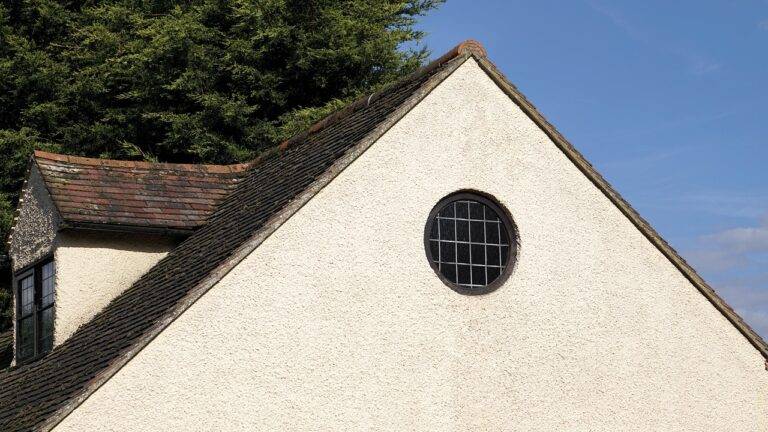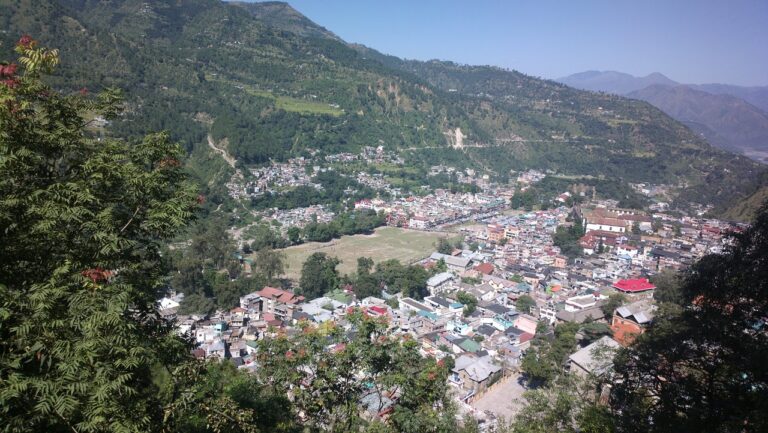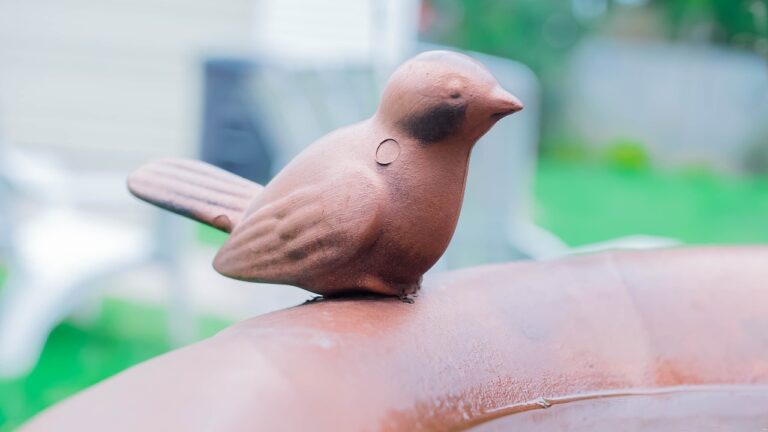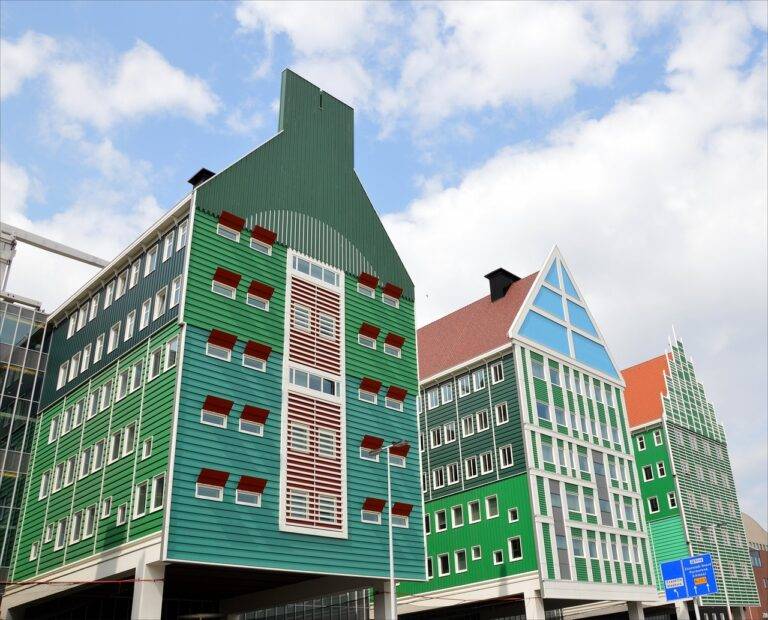DIY Cricket Field Improvements
Proper field maintenance is crucial for the longevity and optimal performance of any sports field. Regularly mowing the grass at an appropriate height helps to promote healthy turf growth and ensure a uniform playing surface. It is important to adjust the mower blades to the correct cutting height based on the grass type and season, to prevent stressing the turf.
In addition to mowing, regularly aerating the field helps to alleviate soil compaction and improve water drainage and air circulation. This process allows for better root development and overall turf health. It is recommended to aerate the field at least once a year, preferably during the growing season, to maximize its benefits.
Infield Mowing Techniques
Mowing the infield of a baseball or softball field is essential for maintaining a safe and well-groomed playing surface. When mowing the infield, it is crucial to set the mower blades at the appropriate height to ensure the grass is not cut too short, which can lead to dry and patchy areas. Additionally, it is important to overlap each pass slightly to avoid missing any spots and achieve a uniform cut across the entire field.
To maintain the infield’s pristine appearance and ensure optimal playability, it is recommended to mow in different directions each time. This cross-cutting technique helps prevent the grass from developing a grain pattern and encourages it to grow healthily and evenly. By alternating the mowing pattern regularly, you can also help to reduce soil compaction and promote better drainage on the infield surface.
Outfield Drainage Solutions
Outfield drainage is a critical aspect that can often be overlooked but is vital for maintaining a high-quality playing surface. To ensure proper drainage in the outfield, it is important to first assess the existing drainage system and make necessary improvements. This may include installing additional drains or improving the existing ones to ensure water is effectively removed from the outfield.
In addition to drainage systems, proper grading of the outfield is essential to prevent water from pooling in certain areas. By ensuring that the outfield is properly graded to allow water to flow away from the playing surface, you can prevent waterlogging and keep the field playable even after heavy rain. Regular inspection and maintenance of the drainage system and grading are key to keeping the outfield in top condition for games.
• Regular inspection and maintenance of drainage systems are essential
• Proper grading of the outfield can prevent water pooling
• Assessing existing drainage systems for necessary improvements is important
• Installing additional drains may be necessary to ensure effective water removal
What are some common outfield drainage problems?
Common outfield drainage problems include standing water, soggy or muddy areas, and poor water flow off the field.
How can I improve outfield drainage on my field?
Some outfield drainage solutions include installing a French drain system, grading the outfield for proper slope, and adding additional drainage pipes or channels.
How often should outfield drainage systems be inspected and maintained?
Outfield drainage systems should be inspected and maintained on a regular basis, at least once a year or more frequently depending on the field’s usage and weather conditions.
Can I install outfield drainage solutions myself, or should I hire a professional?
While some simple outfield drainage solutions can be installed by a knowledgeable individual, more complex systems may require the expertise of a professional sports field contractor.
Are there any environmentally friendly outfield drainage solutions available?
Yes, there are environmentally friendly outfield drainage solutions available, such as using permeable materials for field surfaces, incorporating rain gardens or bioswales, and utilizing sustainable landscaping practices.







